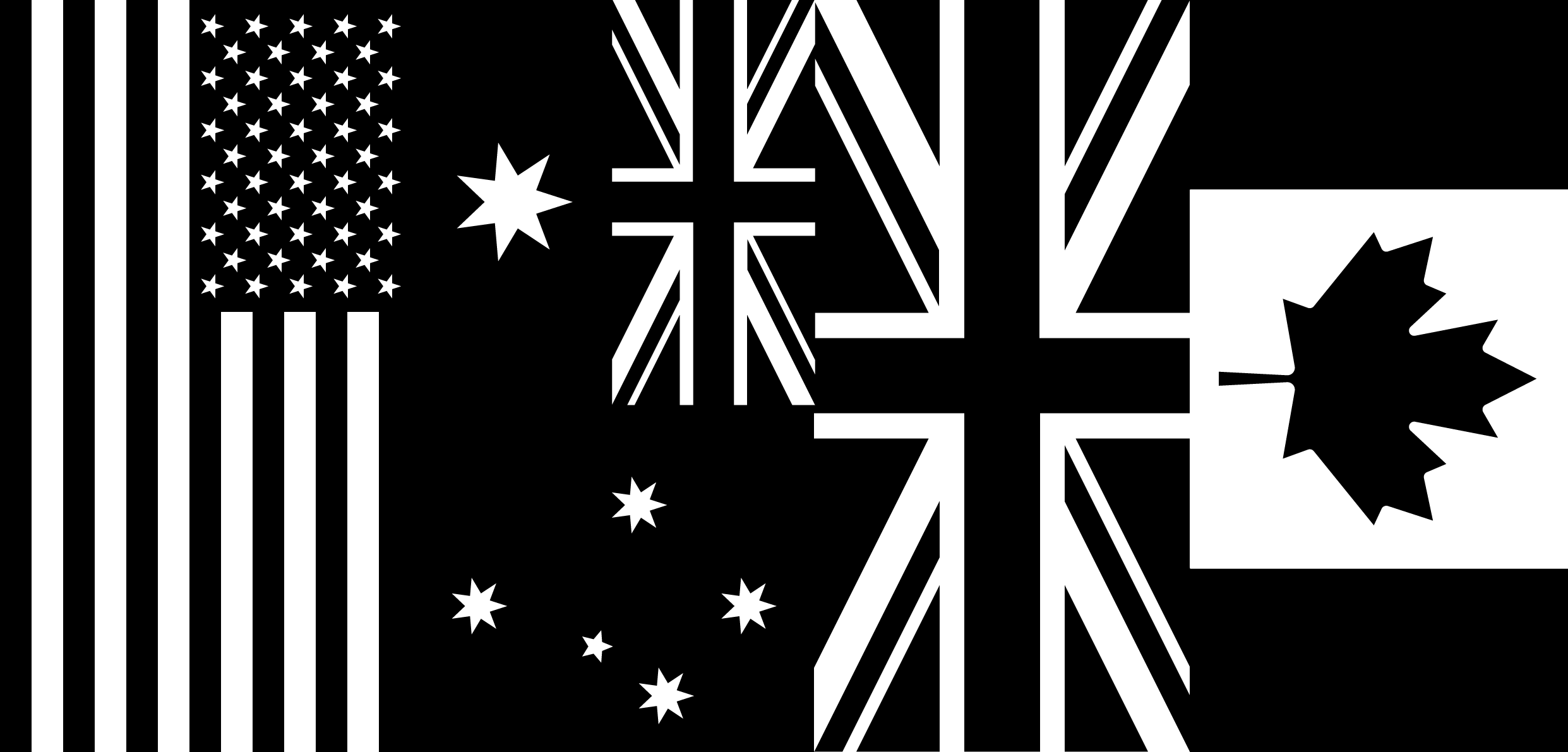
What do we mean by white label defence production?
We use the term “white label” defence production to describe production built to print for OEM Primes or Government. Any branding, non-common aspects of design, and any logos that are on the end products are those of the OEM or the Government customer.
White label defence production does not compete with the engineering, design, research or development efforts of Prime defence firms – the products themselves are manufactured within a network of third-party companies who are established manufacturing firms in the NTIB shared by the United States, Australia, the United Kingdom, and Canada who are already participating in many critical supply chain networks for shared safety, security, and prosperity in our countries including, critical minerals, nuclear power, petrochemical, etc.
A Historical example as model
As a model of white label defence production we use the historical example of the Browning .50 caliber heavy machine gun designed toward the end of World War I by John Browning, but which was manufactured by a number of other firms during the second world war under the industrial mobilization plans of the United States and Canada, and coordinated by the two nations in the Hyde Park Declaration of 1942.
The 21st century context
In the modern context, white label defense production allows for Primes and government to do a number of things such as find ways to share industrial capacity, balance risks of domestic production choke points, and work with our common closest partners and allies to develop individual sovereign capabilities that benefit not only our individual nations but also our alliance as a whole.
White labeling occurs when the manufacturer of an item uses the branding requested by the purchaser, or marketer, instead of its own. On the surface, end products appear as though produced by the purchaser. For the purpose of control and traceability of the supply chain; we provide all of the details required to assure that the products have been made 100% from materials and manufacturing sources in the shared NTIB, and can provide a further breakdown of individual national value-add percentages at the company level as necessary.
Why white label defence production now?
We have all learned from the 2020 Pandemic that we cannot rely on just in time limited production capacity when we are in times of uncertainty, those lessons have been further reinforced by the push to get lethal aid to Ukraine on short notice. The traditional and well-established supply chains for the Defence Industrial Base (DIB) are now straining to keep up with demand. Long established plans by our allies in both the Pacific and Europe to build up further defence capability has become hindered by a flood of demand in a short period of time.
This challenge in building and maintaining resiliency for the DIB is that it comes with costs. It’s costly to source and stockpile goods in times of peace and stability in sufficient volumes to maintain capacity for those times that are uncertain. It’s costly to have that capability available on short notice to protect us. It’s also costly to be caught short.
White label defence production answers part of the need, by allowing industry to preplan and exercise its mobilization muscles, it allows us to answer the critical question: How quickly can we switch from ploughshares to swords if the need arises? We know that industrial mobilization cannot happen on the drop of a hat, like any major effort it requires planning and practice. We collectively will benefit from finding ways to engage white label defence producers in exercise and practice of teaming, pairing, and networking for mobilization now, making our shared industrial response a part of our shared deterrence.
WHITE LABEL ORDNANCE WORKS
Working with existing capabilities in Canada and the United States, we have assembled a network of suppliers who combined possess all the expertise required to provide viable white label production capacity for a number of ordnance products.
White Label Ordnance Works has focused to date on articles identified to have existing supply constraints and risk mitigation concern identified in the US Presidential Executive Order 13806: “Assessing and Strengthening the Manufacturing and Defense Industrial Base and Supply Chain Resiliency of the United States” and US Presidential Executive Order 14017: “Securing Defense-Critical Supply Chains”.
The areas of focus to date include:
- • Manufacture of finished large calibre (105mm to 155mm) Gun Barrels and Cannon Tubes, Howitzer Barrels, and Mortar Tubes, as well as the surge capacity requirement identified in the above Executive Order reports needed to augment existing government owned and operated arsenal production capacities.
- • Manufacture of Penetrator Warhead casings, and similar assemblies with Advanced Metallurgy utilizing 100% North American melted and poured metals.
- • Manufacture and Refurbishment of naval propulsion shafts, gear gearboxes, and related Shaftline system components for both surface ships and Submarines.
Responding to the demands created by the complexity of our time
The need for flexible and adaptable manufacturing capacity for our shared defence is very real, but there has not been an easy way to mobilize the full potential of existing industrial capacity in the NTIB. Therefore, a new category of defence producer is needed. White label defence producers utilizing existing capability across the member nations of the NTIB and building to Prime Contractor and Government print will be part of this solution. The results will be; critical parts made and systems assembled faster, resulting in materiel delivered to our solders from trustworthy and reliable sources, ensuring we and our adversaries know we are ready to mobilize on very short notice to maintain the peace.
